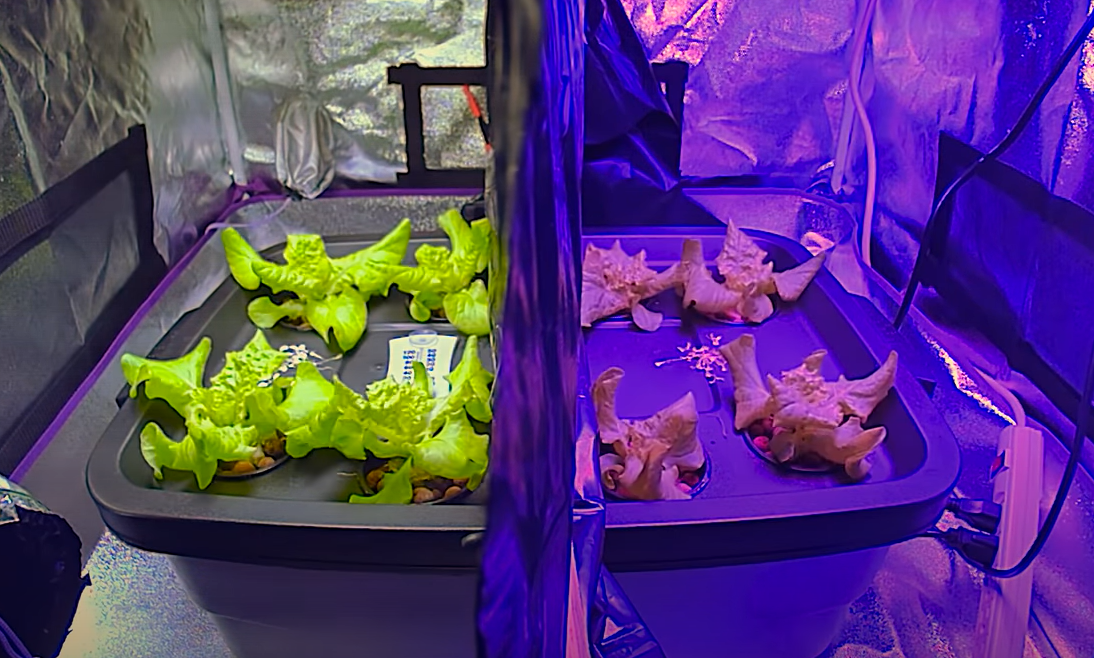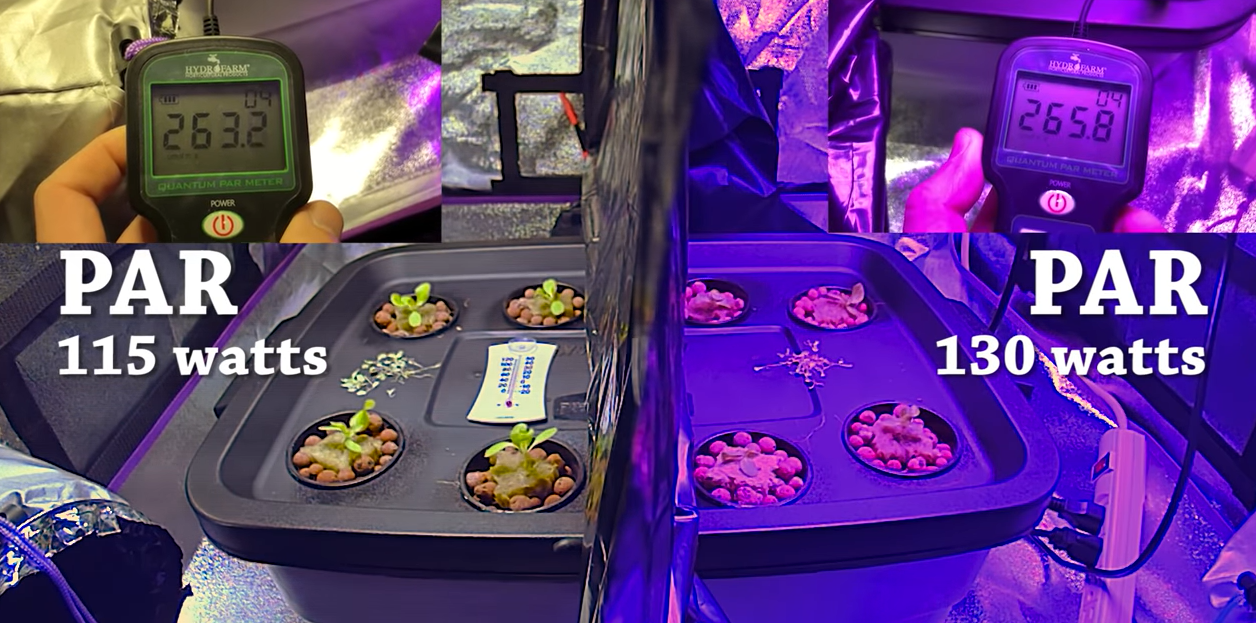In this article, I am using lettuce to test vegetative growth LED panels under cheap cabbage and cheap red, blue and white LED panels. When buying from amazon.com at the beginning of the test, the first thing I noticed is that the sprouts are slightly compact in red and blue, comparing white light with red light LEDs when they start to get the first real, The LED light seems to have no plan or actually grow faster when it is white, so let's see how it develops over time.
Because I will discuss led grow light more, and the upcoming experiment is the third article in this series, the next one we will use the same lighting, plant nutrition, and flowering stage test two articles. I chose to use the cracking method in the same container where all plants are grown in China because I found in past experiments that using stones may cause errors or inconsistent results. I don't understand why I should consider viewing the link in the article. In order to make these articles easy to understand, please explain below. I will provide specific details in the article description, so if you want to know more, please forget to read more.

For some Greenhouse Grow Light ideal information, see the details below. Please comment. I will try to answer and add it to the description. In the future, let us look at the results at the end of the test. Obviously, although the white light of the lettuce is slightly elongated, it is not disappointing. I’m about to talk about the method of secondary elongation of the leaf just because the white LED is 3000k instead of 4,000K or higher, so I prefer red light with a color temperature equal to two lights, but this does not mean using 4 Or 5,000 K white LED will produce fewer plants. The first thing I saw was that the burning tip jacket plants showed slight tip burning, but these plants were burned throughout the test.

The blue light that is not red is just a bit more, but not enough to pay attention to the healthy growth of the roots of all plants. However, under red and blue light, the root quality of plants is slightly lower. The second thing I noticed is comparing red and blue lights with white lights. The plan is slightly different. I think this is the dark green of the chlorophyll in the leaves, but there may be a better scientific answer. So if you are different now, please leave a comment. Important information I weighed the measures to be taken for each plan. Under white light, the average weight of the plan is 1 grams, totaling 473 grams, and the average red and blue light produced by each plant is 86 grams, and the average is 347 grams, so now it is about producing white LED. For you, under red and blue lights, the factory quality is 37% higher than planned. I want to know if they have tasted different flavors.
They did it. I can't really say the normal taste, but it can be said that there are more red plants than the rest and even the skin. The face is pale, but still a bit bitter, so when I end this article, I will let you gain and lose in this regard. This article uses the toon spectrum. For example, red and blue light cannot conclude that toon's spectral light is good or bad for different plants. Different growth stages play an important role in dimming methods. So, if you seem to be otherwise, since the hobbyist's white light is a simple fail-safe option, in order to figure out that I didn't bring me the answer in the article, thank you very much for watching.
Indoor plant lighting series introduction
the ,is ,i ,to ,and ,in ,of the ,white led ,red and ,and blue ,in the
درباره این سایت